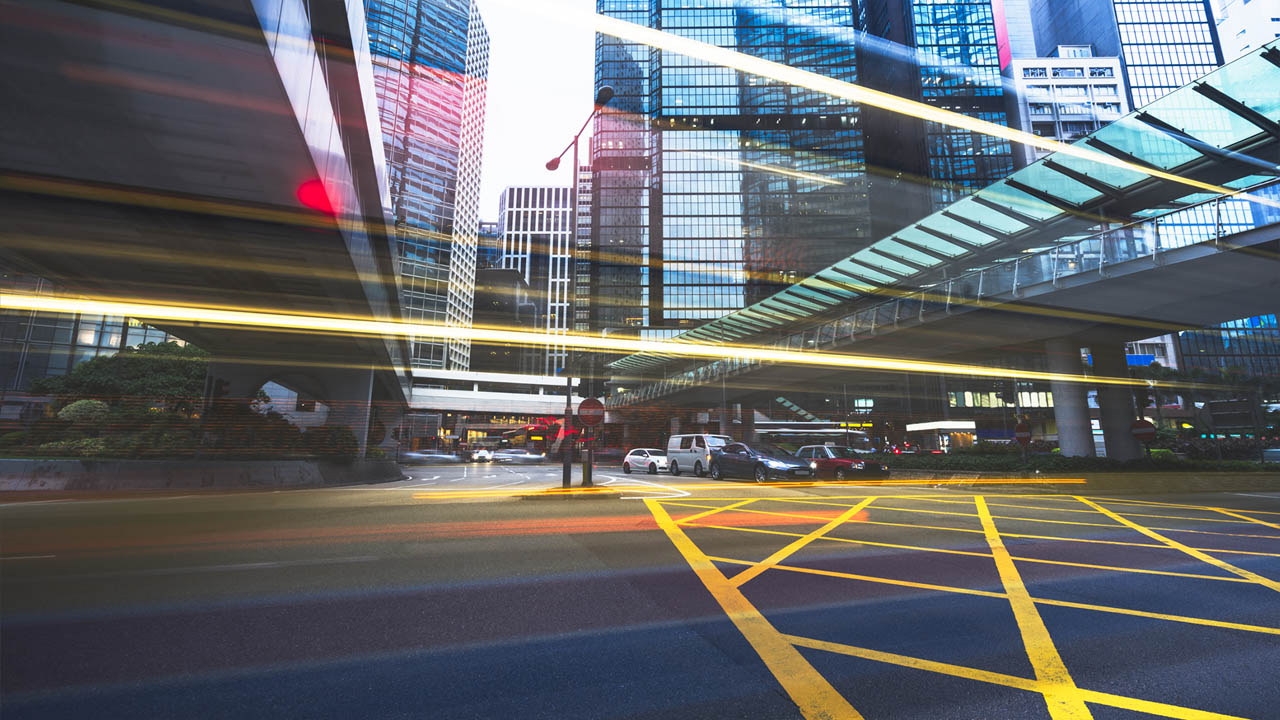
Public transport plays a vital role in modern society, providing a convenient and sustainable mode of transportation for millions of people worldwide. However, ensuring the safety of passengers and staff is of utmost importance. In this blog post, we will explore various strategies and innovative approaches to keeping public transport safe.
- Enhanced Security Measures:
To maintain public transport safety, it is crucial to implement robust security measures. This includes:
a) Surveillance Systems: Installing high-quality CCTV cameras throughout stations, buses, and trains can deter criminal activities and provide valuable evidence in case of incidents.
b) Access Control Systems: Implementing smart card-based ticketing systems and turnstiles can help regulate entry and prevent unauthorized individuals from accessing restricted areas.
c) Emergency Communication Systems: Equipping vehicles and stations with reliable communication devices ensures quick response times during emergencies and facilitates effective coordination between staff and authorities.
- Crowd Management:
Efficient crowd management is essential to prevent overcrowding, reduce the risk of accidents, and maintain order. Here are some strategies to consider:
a) Real-time Passenger Information: Providing accurate and up-to-date information about train and bus schedules, delays, and alternative routes can help passengers plan their journeys better, reducing congestion during peak hours.
b) Platform and Station Design: Designing platforms and stations with adequate space, clear signage, and designated waiting areas can facilitate smooth passenger flow and minimize the chances of accidents.
c) Passenger Flow Analysis: Utilizing advanced technologies such as sensors and video analytics can help monitor passenger flow patterns, identify bottlenecks, and optimize station layouts accordingly.
- Safety Training and Awareness:
Ensuring the safety of public transport also involves educating both passengers and staff. Consider the following approaches:
a) Staff Training: Providing comprehensive training programs for transport personnel, including emergency response procedures, conflict resolution, and first aid, equips them with the necessary skills to handle various situations effectively.
b) Passenger Education: Conducting awareness campaigns and distributing informative materials on safety practices, such as standing clear of doors, reporting suspicious activities, and using emergency exits properly, can empower passengers to contribute to a safer environment.
- Technological Innovations:
Advancements in technology offer new opportunities to enhance public transport safety. Here are a few notable innovations:
a) Intelligent Surveillance Systems: AI-powered video analytics can detect abnormal behavior, identify potential threats, and alert security personnel in real-time, enabling proactive response.
b) Predictive Maintenance: Utilizing IoT sensors and data analytics, transport authorities can monitor the condition of vehicles and infrastructure, identifying maintenance needs before they lead to safety issues or service disruptions.
c) Contactless Solutions: In the wake of the COVID-19 pandemic, contactless payment systems, touchless ticketing, and automated sanitization processes have become crucial in minimizing the spread of infections.
Conclusion:
Keeping public transport safe requires a multi-faceted approach, combining enhanced security measures, efficient crowd management, comprehensive training programs, and the integration of technological innovations. By implementing these strategies, transport authorities can create a safer and more reliable public transport system, fostering trust and encouraging greater usage among the public.



